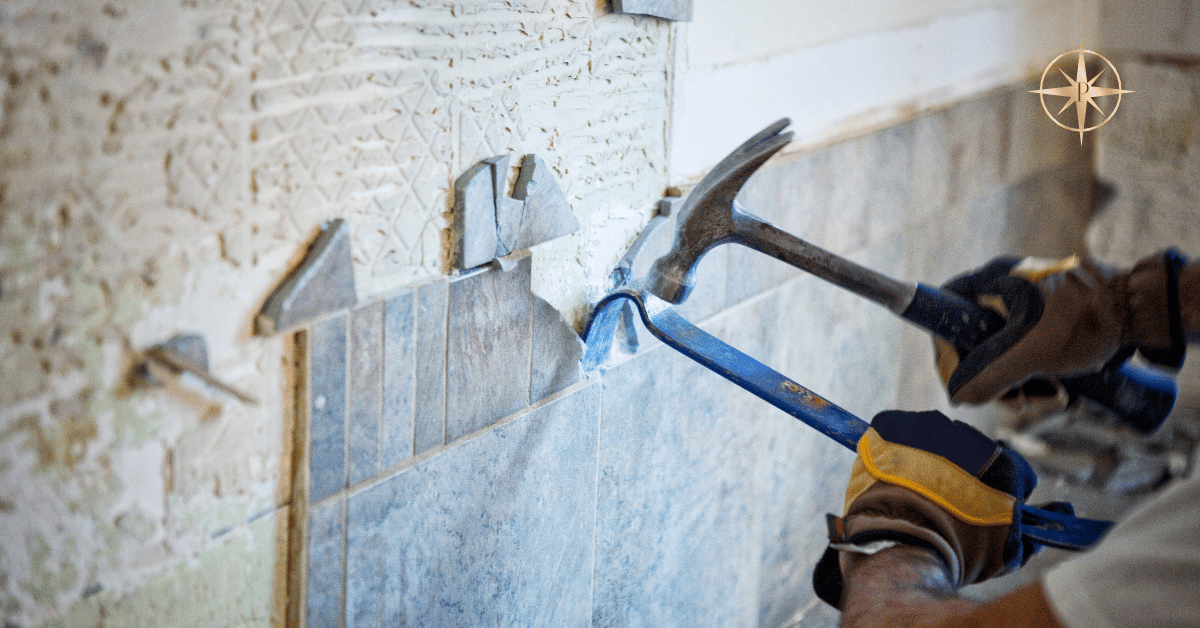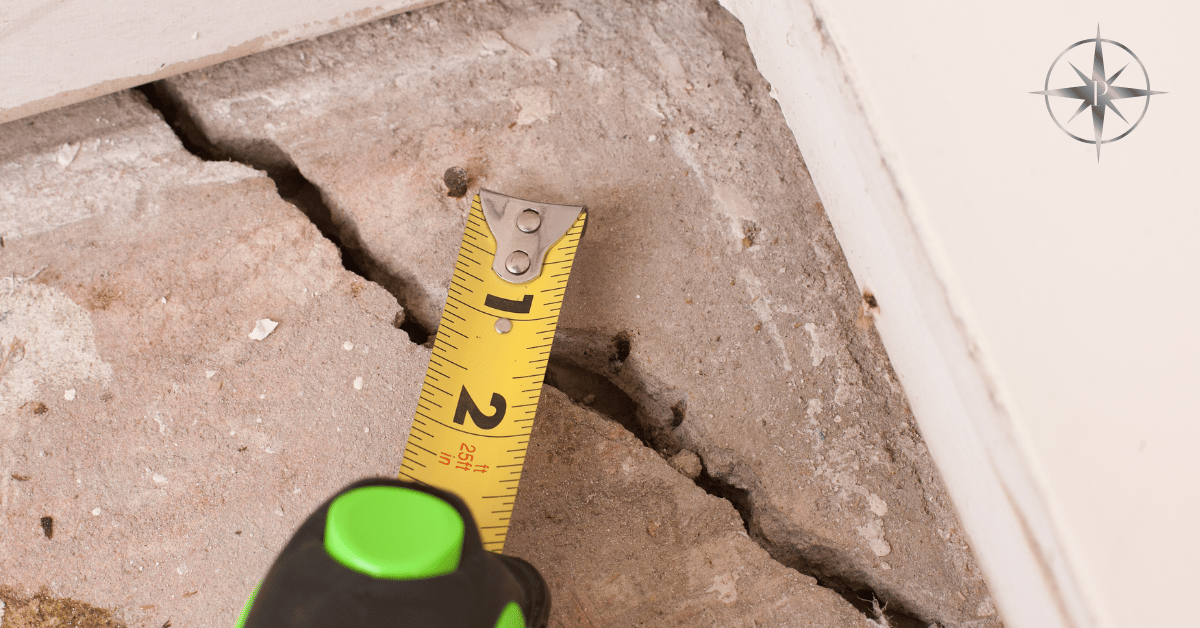Dreaming of turning a “diamond in the rough” into your perfect home?
Buying a fixer-upper can be exciting—lower purchase price, creative control, and the potential for big equity gains.
But here’s the truth: the real cost of a fixer-upper goes far beyond the sticker price. From hidden renovation expenses to emotional stress, many buyers underestimate what they’re getting into.
This guide breaks down:
-
What a fixer-upper really is
-
The pros and cons you must weigh
-
The hidden costs that can surprise you
-
How to decide if it’s the right move for your lifestyle and budget
What Is a Fixer-Upper, Really?
A fixer-upper is a home that needs repairs, updates, or renovations before it’s fully livable or meets your design goals.
These can range from:
-
Minor cosmetic updates – Old flooring, outdated kitchen, tired paint colors
-
Major structural work – Foundation issues, plumbing overhauls, roof replacement
While they’re usually priced lower than move-in-ready homes in the same area, that doesn’t guarantee a cheaper overall investment.
The Pros of Buying a Fixer-Upper
If you’ve got patience and vision, here’s why a fixer-upper might appeal to you:
-
Lower Purchase Price – Often more affordable than turnkey properties.
-
Customization – Create a space that’s exactly your style.
-
Equity Potential – Renovations can boost value quickly.
-
Less Competition – Fewer buyers willing to take on the challenge.
The Hidden Costs of a Fixer-Upper
While the price tag might look tempting, these expenses can add up fast.
1. Renovation & Repair Costs
This is where most buyers underestimate their budget.
-
Cosmetic updates: $5,000–$20,000
-
Kitchen remodel: $15,000–$50,000+
-
Bathroom remodel: $10,000–$30,000
-
Major structural repairs: $20,000–$100,000+
💡 Pro tip: Always get a home inspection and at least 2–3 contractor estimates before committing.
2. Permits & Code Compliance
Older homes often require permits for updates. That means:
-
Hiring licensed contractors
-
Paying permit fees
-
Passing inspections
Skipping permits may seem faster but can cost you big when it’s time to sell.
3. Temporary Housing or Limited Living Space
If renovations make the home unlivable, you may need to rent somewhere else—or live in a noisy, dusty construction zone.
4. Financing Challenges
Some fixer-uppers don’t qualify for standard mortgages. You may need:
-
FHA 203(k) renovation loan
-
Fannie Mae HomeStyle loan
These can be more complicated than traditional financing.
5. Time & Stress
Renovation projects can bring:
-
Delays
-
Budget overruns
-
Hidden surprises like mold or termite damage
How to Decide if a Fixer-Upper Is Worth It
Here’s how to know if you’re looking at a great investment—or a money pit:
-
Get a Detailed Home Inspection – Look for hidden issues like electrical problems, roof damage, or foundation cracks.
-
Research Local Renovation Costs – Prices vary, so get multiple quotes and add 10–20% extra for surprises.
-
Calculate the After-Repair Value (ARV) – Make sure your purchase price + renovation costs don’t exceed the neighborhood’s market ceiling.
-
Be Honest About Your Time & Skills – Decide if you’ll DIY or hire everything out.
When a Fixer-Upper Is a Smart Move
-
You want a specific neighborhood but can’t afford turnkey homes.
-
You’re willing to live through renovations.
-
You have a financial cushion for surprises.
-
You enjoy home improvement projects.
When to Walk Away
-
You need a move-in-ready home ASAP.
-
You don’t have funds for unexpected repairs.
-
The home has major structural issues.
-
Renovation stress isn’t worth it to you.
Final Takeaway
Buying a fixer-upper can be a dream come true—or a stressful money drain. The key is going in with eyes wide open, a realistic budget, and a clear plan.
If you’re prepared, the reward can be a beautiful, personalized home and solid equity gains. But if you want stress-free living from day one, a move-in-ready property may be worth the higher price tag.
Thinking about buying—whether it’s a fixer-upper or move-in ready?
Let’s connect and talk through your options, budget, and long-term goals so you can make the smartest choice for your next move.



